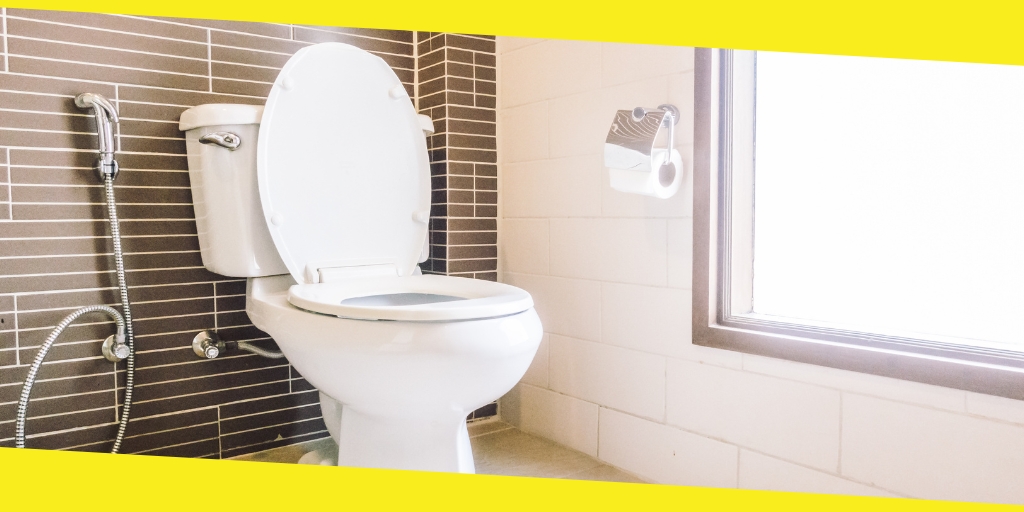How to Fix a Leaky Toilet Flapper

According to the EPA, your daily water usage average includes roughly 30% of toilet flushes? If you live in a house, there’s a good chance that you’ll have a leaky toilet flapper at some point in your life. This part of the toilet seals against the tank to keep water inside and outside of your commode separate. It’s usually made of rubber or plastic and can get old or damaged over time. If this happens, you’ll be able to hear water running into your toilet bowl after you flush it, which is not good. So to save water, it’s better to stop the toilet flapper leaking as soon as possible.
Steps to Fix a Leaky Toilet Flapper
Turn off the water to your toilet.
Before you begin, turn off the water to your toilet and leave it off for at least 5 minutes. Make sure that there is no standing water in the pan of your toilet by draining it. You can do this by flushing and holding down the handle or lever until the water drains.
Flush once and drain the tank.
To test whether the flapper works correctly, flush your toilet once and drain the tank. The water level should drop about an inch below the bowl’s rim. If not, there’s still a problem with your flapper. If it does work as expected, proceed further.
Remove the access panel.
You’ll need to remove the access panel on top of your toilet tank to access the flapper. If you don’t have an access panel, pull up on the lid at the center of your toilet tank that covers and closes off the hole in your tank. Turn off all water shut-off valves or faucets before removing any parts or components from your toilet system.
Assess the damage.
Now, you may wonder what a flapper is and what it does. If so, you’re in luck: We have all the answers to your questions here!
A flapper is a rubber plug that fits over the top of your toilet tank and covers where the water goes down into your toilet bowl when you flush. The flapper acts as a seal between these two openings so that water can be stored in the tank without leaking out into the bowl.
Replace the toilet flapper.
-
Screw the new flapper in place over the flush valve, being careful not to over-tighten it, or you might strip the threads on your toilet and make it leak even more than before!
-
Replace the access panel and turn on your water supply to test for leaks.
Clean any calcium deposits with a nylon dish brush.
-
Make sure you have the right tool for the job. You don’t want to use anything too hard or abrasive, which could damage your toilet flapper. You also don’t want to use anything too soft, which would make it difficult to remove debris from beneath your flapper and could bend or break it if you apply too much pressure when cleaning the underside of your toilet tank lid.
-
Don’t use metal brushes, wire brushes, or plastic brushes. These can scratch porcelain surfaces and damage other parts of your toilet tank lid and the inside of your toilet bowl.
Reassemble the tank and access panel.
-
Make sure the access panel is securely fastened.
-
Ensure that the water supply is turned on.
-
Check that the toilet tank has been refilled with water, and then flush it to ensure all the water drains out again. This will ensure that your seal successfully creates an airtight seal between your new flapper valve and your tank’s drain hole. If any water remains in the bowl, you may have to repeat Step 2 above until this happens successfully at each try—this can take up to several attempts.
Conclusion
If you have a leaky toilet flapper, don’t stress yourself, as by following the steps given in this article, you will be able to stop your toilet flapper leaking. If you fail to do so, then your plumber can surely do so.
You may like this
Recommended For You
Choosing the Best Replacement Windows for Your Home
Most Inside
Most Inside offers high-quality recommendations and valuable updates to enhance all aspects of your life, providing premium guidance and enriching experiences.




